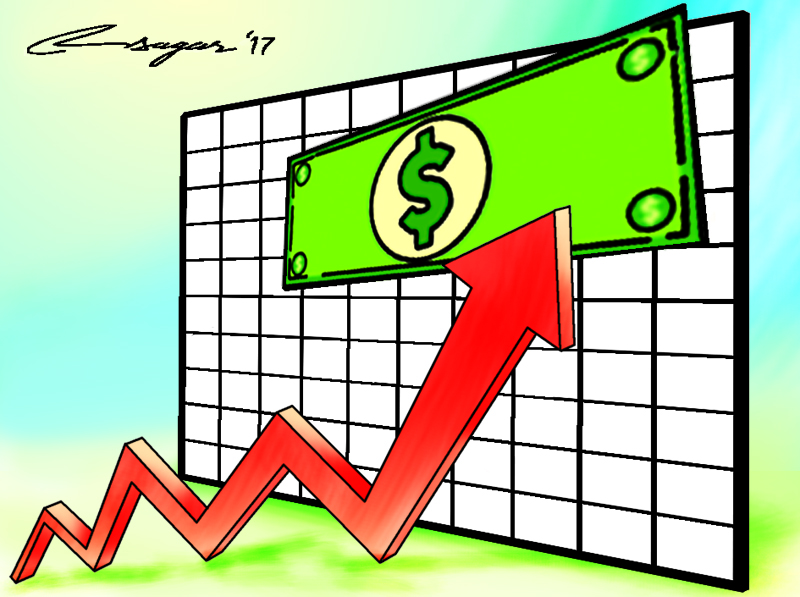Economic growth to slow down to 4.7pc: ADB
Kathmandu, September 26
The Asian Development Bank (ADB) has projected that Nepal’s economic growth will slow down to 4.7 per cent in this fiscal as compared to 6.9 per cent of the previous fiscal 2016-17.
Growth forecast of this fiscal has been revised down from the earlier estimate of 5.4 per cent in the wake of severe floods and landslides in August that affected one-third of the country, resulting in the loss of human lives and livelihoods, and destruction of crops, says the latest Macroeconomic Update of ADB released today.
The pace of growth of Nepal’s economy will slow down as compared to the high growth of last fiscal, as the agriculture and livestock sector was badly hit by the severe floods and the subsequent destruction during the time. The ADB’s macroeconomic report has said that the agriculture sector is expected to expand by just 2.4 per cent in fiscal 2017-18, compared to 5.3 per cent of last fiscal owing to the destruction of paddy plantation and other major crops in the Tarai belt of Nepal, which is considered the rice bowl of the country.
However, the industry sector is expected to expand by 6.6 per cent in the current fiscal as a result of the regular supply of electricity and availability of construction materials. The services sector, meanwhile, is projected to grow by 5.5 per cent in this fiscal due to an expansion of the financial intermediation, wholesale and retail trade, and tourism subsectors.
“The economy rebounded strongly in fiscal 2016-17 from fiscal 2015-16, which was a difficult year due to various external shocks. This year, we expect economic growth to be a bit tepid compared to last fiscal, partly because of the floods,” said Sharad Bhandari, principal economist and officer-in-charge of ADB’s Nepal Resident Mission. “Reforms to improve the quality of public and private investment and to encourage a competitive private sector would reduce the economy’s dependence on external factors such as the monsoon and remittances.”
The update says inflation is expected to rise moderately to 6.5 per cent in the current fiscal from 4.5 per cent of last fiscal, partly reflecting lower inflation in India and the expansionary budget of this fiscal. Food price inflation is expected to go up due to huge loss of agricultural products. The Nepal Macro Economic report further states that the fiscal transfer and election expenditures compounded by depressed farm output will exert inflationary pressure in the current fiscal.
Despite improved revenue collection at Rs 609.1 billion (23.4 per cent of GDP), the fiscal deficit widened to 5.2 per cent of gross domestic product (GDP) in fiscal 2016-17 following a rise in government expenditure compared to a year earlier. While the execution rate of capital expenditure has hovered around 72.1 per cent between fiscals 2011-12 and 2016-17, its year-on-year growth has remained solid. However, the low execution rate could well be an indication of an overambitious target set by the government, says the report.
“Growth in merchandise exports has been weaker than the rise in imports, leading to a widening merchandise trade deficit. The growth in remittances is expected to drop following a decline in the number of workers going abroad in fiscal 2016-17. Nepal increasingly faces the risk of external sector instability with a slower rise in remittances and ballooning merchandise trade deficit.”
The growth in services exports, on the other hand, has been brighter. The services sector accounted for 66 per cent of the total exports and 14 per cent of the total imports in the last fiscal, indicating its growing importance in external trade. But because of infrastructural, institutional, legal, and procedural barriers, the services trade in Nepal has yet to achieve its full potential, the report says.
The ADB’s projection is far below the government’s growth projection of 7.2 per cent and on par with World Bank’s recent projection of 4.6 per cent.






